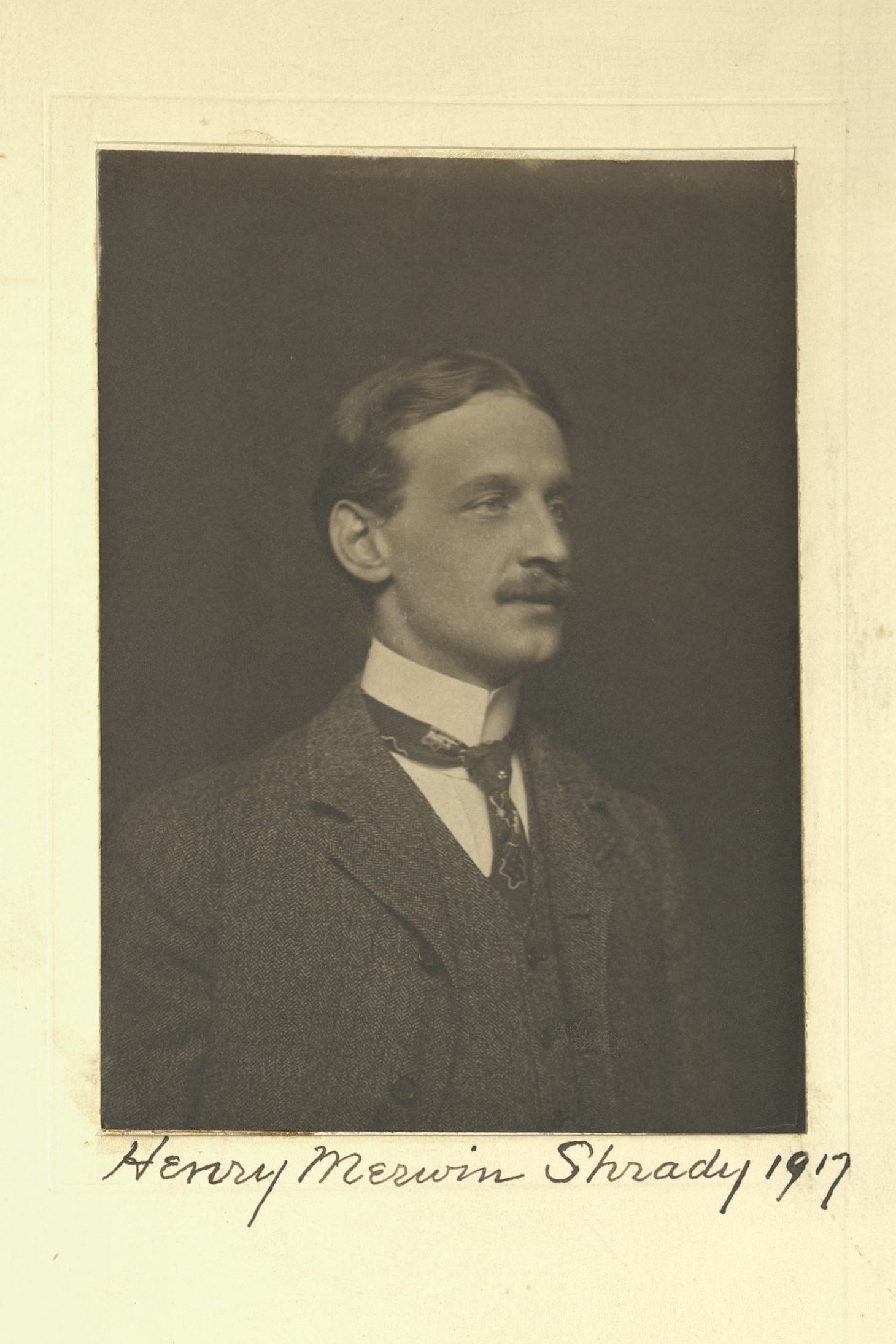Sculptor
Centurion, 1917–1922
Born 12 October 1871 in New York (Manhattan), New York
Died 12 April 1922 in New York (Manhattan), New York
Buried Kensico Cemetery , Valhalla, New York
, Valhalla, New York
Proposed by Herbert Adams and Herbert C. Lakin
Elected 3 February 1917 at age forty-five
Archivist’s Note: Father of Frederick C. Shrady; grandfather of Henry Shrady
Century Memorial
The year has brought little break to the Century’s artist circle. One name, however, calls to mind an extraordinary achievement. The career of Henry Merwin Shrady was most unusual. When he graduated from Columbia in 1894, he apparently had no thought of art as a profession. His plan had been to study for the bar, and as a matter of fact he was engaged in business during his first five years of active life. When he painted and modeled, it was mainly as an avocation. It was not until 1902, eight years after leaving college, that this self-educated young sculptor entered the competition for the Grant Memorial at Washington—“the most important event in the history of competitive sculpture,” one of his friends has called it. The judges, McKim, French and Saint Gaudens, unanimously awarded to Shrady the commission for this colossal undertaking. It was destined to absorb virtually all of his time and energy with the pathetic sequel of his own death only a few days before that extraordinary work, embodying in bronze of heroic proportions the rush of battle under the serene mastery of the great commander, was unveiled at Washington last April.
Shrady may be said to have given his life to this single achievement. Rising almost overnight, as one of his fellow sculptors in the Century has described it, from the position of an unknown young business man to that of a distinguished sculptor—without previous training except in so far as his intellectual heritage from his father may have made easier the merely anatomical side of modeling—his lack of experience and his youthful enthusiasm led him to promise completion in far too short a time of this huge monument, with its dozen heroic equestrian figures and their many accessories. When he realized the practical difficulties of time with which the task was surrounded, he could not make the War Department realize them; as a result he was engaged in a wearing and never-ending struggle to resist official pressure and satisfy his own artistic conscience. In the end he won, but only to have his final public triumph denied by fate. His friends, who rarely met him during his absorption in his one great work, remember him for his interesting and engaging personality, his enthusiasm and devotion over every phase of art, his personal modesty and genuine culture. With the public, his place must be assigned as the tablet in St. Paul’s assigns it to Sir Christopher.
Alexander Dana Noyes
1923 Century Association Yearbook

